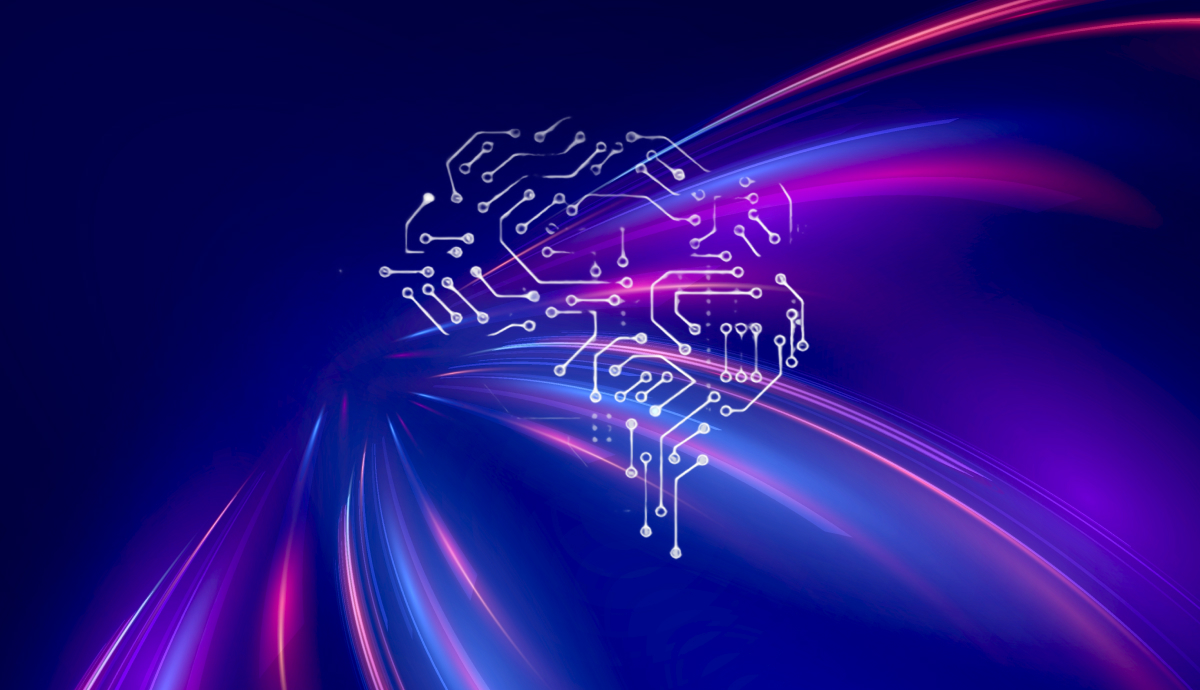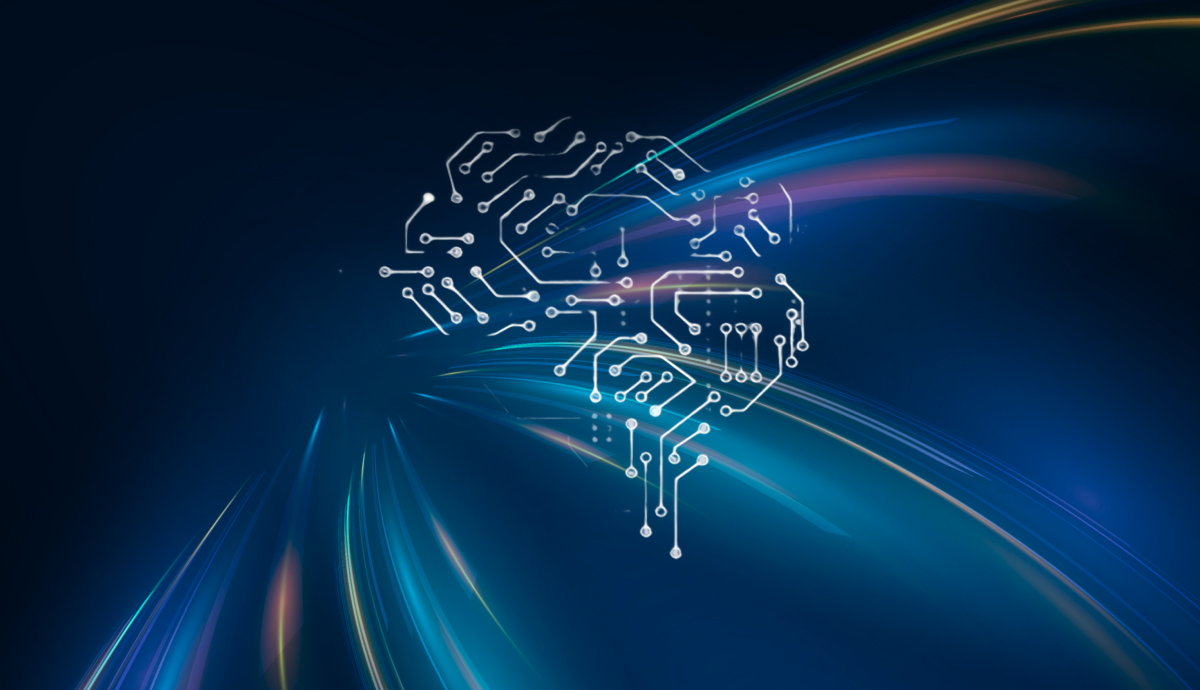What if your brand’s logo wasn’t just a static design, but an evolving and adaptable identity?
Back in 2011, MIT Media Lab pioneered such a concept by creating a logo system that could generate 40,000 unique variations using an algorithm. Designed by Michael Bierut and Aron Fay from the renowned design firm Pentagram, this innovative approach hinted at what was to come for the future of branding, long before AI made its mark on the design world.
Algorithmic Design and Modularity
The creative thinking behind the Media Lab’s logo was rooted in modularity and generative design. Designers used a simple three-by-three grid to develop each variation of the logo. By manipulating color, shape, and alignment within this framework, the possibilities became virtually endless. This modular approach allowed the Lab to communicate its mission to push the boundaries of media and technology, reinforcing the idea that logos, like technology, should be dynamic and adaptable.
The Rise of AI in Logo Design
Fast forward to today, and artificial intelligence is now reshaping the design landscape in exciting ways. The MIT Media Lab’s generative logo system was ahead of its time. By ensuring that each logo adhered to structural rules but remained unique, it reflected the lab’s innovative and adaptive spirit. AI is now elevating this concept even further, making dynamic, responsive branding a new standard.
Customization at Scale: The Power of AI
AI allows for customization at an unprecedented scale. Brands now have the power to create hyper-personalized logos tailored to specific platforms, demographics, or even geographic regions, without losing the essence of their identity.
Imagine Nike’s swoosh adapting in real time to reflect consumer preferences, social media trends, or regional aesthetics—while still maintaining its iconic essence.
Responsive Identities: Real-Time Evolution
AI-driven branding also introduces the idea of responsive identities. Logos can now evolve in real-time based on user interactions, current trends, or environmental factors.
Consider a logo that subtly shifts its colour palette depending on the time of day or user behaviour, enhancing engagement and creating a dynamic visual experience.
The Future of Evolutionary Design
Beyond customization and responsiveness, AI unlocks the potential for evolutionary design, where logos adapt over time based on continuous feedback loops, customer interactions, or algorithmic trends.
For example, a music streaming service might adjust its logo to reflect the most popular genres of the moment, using subtle changes in shape or colour to match user preferences.
The MIT Media Lab’s Vision for the Future
The MIT Media Lab’s logo system was an early precursor to this AI-driven future, showing us how branding can evolve from static images to dynamic, responsive identities that grow alongside the brands they represent.
What’s Next for Branding?
As AI continues to redefine the possibilities of design, it raises many questions:
Is this the future we want for branding?
Should logos evolve and adapt as dynamic entities, or should they remain timeless symbols of a brand’s core values?
Are AI-generated, evolving logos the next big leap for branding, or do they risk losing the simplicity and authenticity that make iconic logos stand the test of time?
I would love to hear from you.








